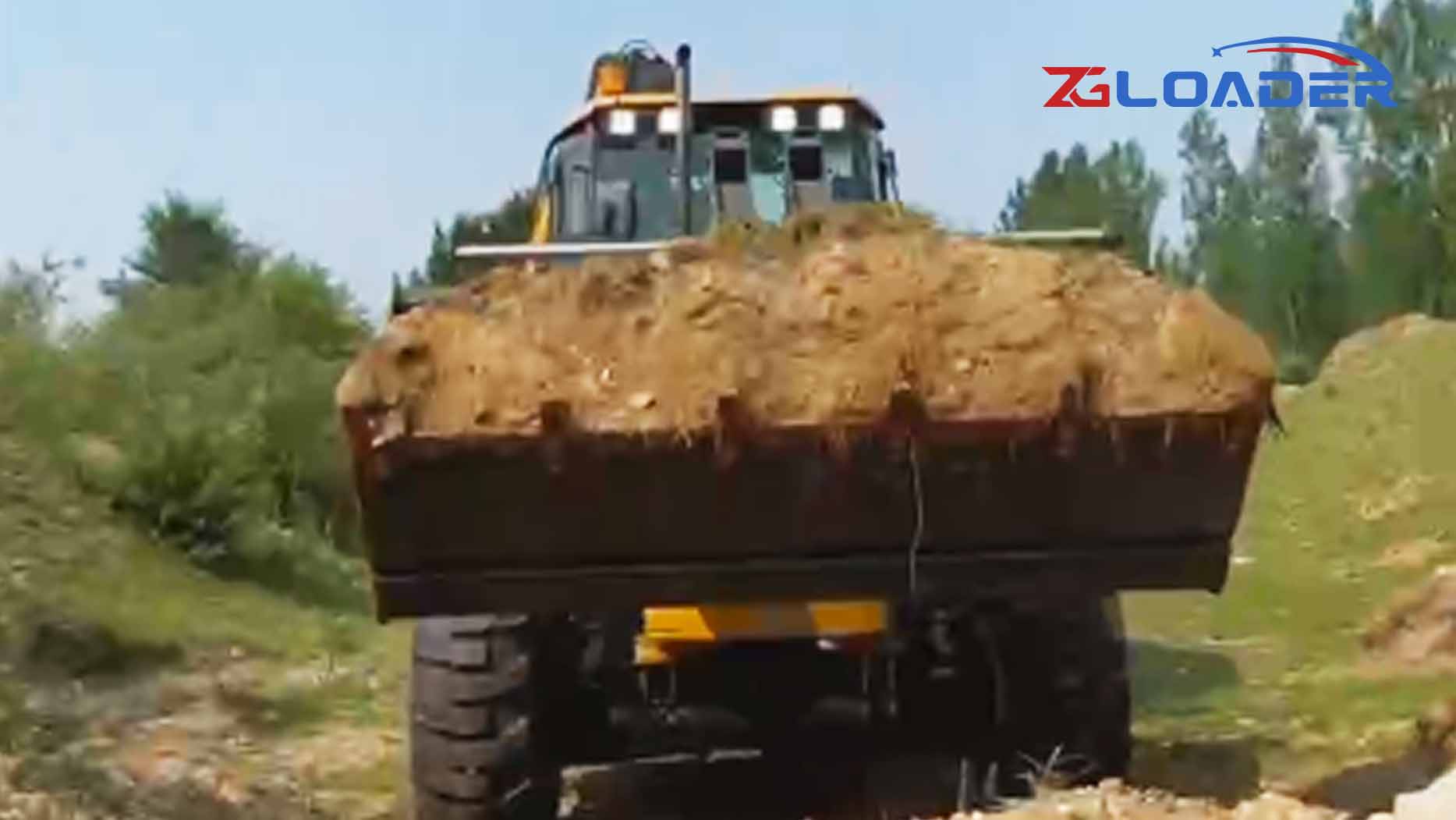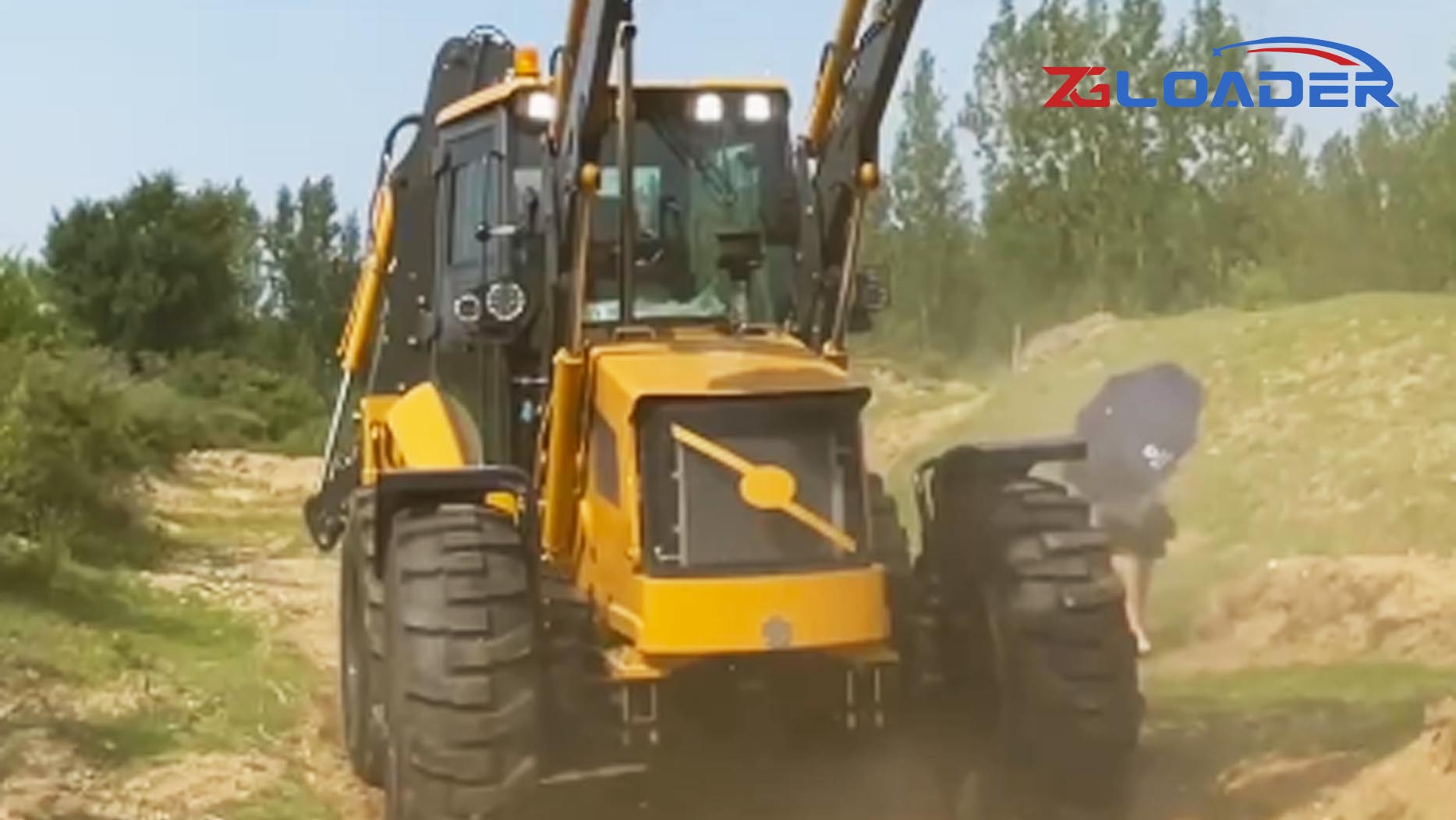A backhoe loader, often simply called a backhoe, is an incredibly versatile piece of equipment that can be a farmer's best friend. Combining the digging power of a backhoe with the material handling capabilities of a front-end loader, it's a multi-tool capable of tackling a wide range of tasks, from digging trenches and moving earth to lifting heavy objects and clearing debris. However, like any powerful machine, a backhoe requires proper operation and maintenance to ensure safety and maximize its utility. This article will delve into the essential aspects of using a backhoe on a farm, covering everything from basic operation to advanced techniques and safety considerations.
Understanding the Backhoe Loader:
Before hopping into the operator's seat, it's crucial to understand the different components and functionalities of a backhoe loader:
Front-end Loader: This is the bucket located at the front of the machine. It's primarily used for scooping, lifting, and transporting materials like soil, gravel, manure, and feed. It can also be used for leveling and grading.
Backhoe: Attached to the rear of the machine, the backhoe consists of a boom, dipper stick, and bucket. It's designed for digging trenches, excavating holes, and other digging tasks. The backhoe's hydraulic system allows for precise control of the digging depth and angle.
Stabilizers (Outriggers): These are extendable legs located on either side of the backhoe. They provide stability during digging operations, preventing the machine from tipping.
Hydraulic System: The hydraulic system is the backbone of the backhoe, powering all the movements of the loader and backhoe. Understanding the hydraulic controls and their responsiveness is crucial for smooth and efficient operation.
Controls: Backhoes typically have separate controls for the front-end loader and the backhoe. These controls can vary depending on the make and model, so it's essential to familiarize yourself with the specific controls of your machine.
ROPS/FOPS: Rollover Protective Structure (ROPS) and Falling Object Protective Structure (FOPS) are critical safety features designed to protect the operator in case of a rollover or falling debris. Ensure these structures are in good condition and properly installed.
Basic Operation:
Pre-Operation Checks: Before starting the engine, perform a thorough inspection of the machine. Check fluid levels (engine oil, hydraulic fluid, coolant), tire pressure, and ensure all controls are functioning correctly. Inspect the bucket teeth and other attachments for damage or wear.
Starting the Engine: Follow the manufacturer's instructions for starting the engine. Allow the engine to warm up before engaging any hydraulic functions.
Front-End Loader Operation: Practice using the front-end loader controls to get a feel for the machine's movements. Start with simple tasks like scooping and dumping material. Pay attention to the loader's lifting capacity and avoid overloading the bucket.
Backhoe Operation: Lower the stabilizers to provide a stable base for digging. Practice using the backhoe controls to dig trenches and excavate holes. Coordinate the movements of the boom, dipper stick, and bucket to achieve the desired digging action. Be mindful of underground utilities and avoid digging in areas where you are unsure of their location. Always call 811 (in the US) before digging to locate underground utilities.
Moving the Backhoe: When moving the backhoe, raise the stabilizers and ensure the backhoe is in a transport position. Be aware of the machine's dimensions and avoid obstacles.
Advanced Techniques:
Grading and Leveling: Using the front-end loader, you can achieve precise grading and leveling of surfaces. Practice using the bucket to create smooth and even surfaces.
Trenching: The backhoe is ideal for digging trenches for irrigation lines, drainage systems, or utility installations. Maintain a consistent digging depth and width for a clean and efficient trench.
Excavating: For larger excavations, plan the digging sequence carefully to avoid cave-ins and ensure stability. Slope the sides of the excavation if necessary to prevent collapse.
Material Handling: The backhoe can be used to lift and move heavy objects using specialized attachments like forks or grapples. Be sure to understand the lifting capacity of the backhoe and use appropriate rigging techniques.
Backfilling: After completing a digging task, use the front-end loader to backfill the excavation. Compact the backfilled material to prevent settling.
Safety Considerations:
Operator Training: Proper training is essential for safe and efficient operation of a backhoe. Take a certified training course to learn the proper operating procedures and safety protocols.
Pre-Operation Inspections: Always perform a thorough pre-operation inspection before starting the machine.
Site Assessment: Before digging, assess the site for potential hazards such as underground utilities, overhead power lines, and unstable ground conditions. Call 811 (in the US) before digging.
Personal Protective Equipment (PPE): Wear appropriate PPE, including a hard hat, safety glasses, safety boots, and gloves.
Stabilizer Use: Always use the stabilizers when operating the backhoe to prevent tipping.
Load Limits: Never exceed the load limits of the front-end loader or backhoe.
Safe Digging Practices: Follow safe digging practices to prevent cave-ins and ensure stability. Slope the sides of excavations if necessary.
Awareness of Surroundings: Be aware of your surroundings and avoid operating the backhoe near people, animals, or structures.
Maintenance: Regular maintenance is essential for safe and reliable operation. Follow the manufacturer's maintenance schedule and address any issues promptly.
Emergency Procedures: Know the emergency procedures in case of an accident or equipment malfunction.
Farm Applications:
A backhoe can be a valuable asset on a farm, performing a multitude of tasks:
Digging trenches for irrigation lines and drainage systems.
Excavating holes for fence posts, foundations, or septic systems.
Moving earth for landscaping, terracing, or building ponds.
Cleaning ditches and waterways.
Loading and transporting manure, compost, or feed.
Clearing brush, debris, and fallen trees.
Grading and leveling fields or driveways.
Assisting with construction projects.
Maintenance:
Regular maintenance is crucial for keeping your backhoe in top working condition. This includes:
Regular fluid checks and changes.
Lubricating all moving parts.
Inspecting hoses and connections for leaks or damage.
Checking tire pressure and condition.
Sharpening or replacing bucket teeth.
Maintaining the hydraulic system.
Following the manufacturer's maintenance schedule.
Conclusion:
A backhoe loader is a powerful and versatile machine that can be a valuable asset on any farm. By understanding its functionalities, practicing proper operating techniques, and adhering to safety guidelines, you can maximize its utility and make your farm operations more efficient. Remember that proper training and regular maintenance are key to safe and productive backhoe operation. With careful use and proper care, your backhoe will be a reliable workhorse for years to come.
Post time:Feb.15.2025



